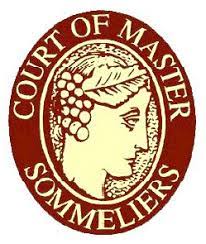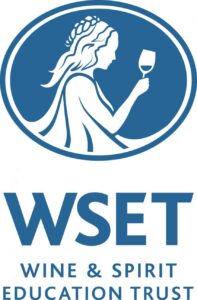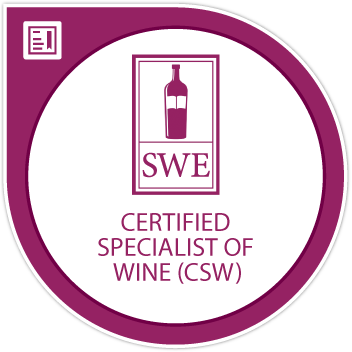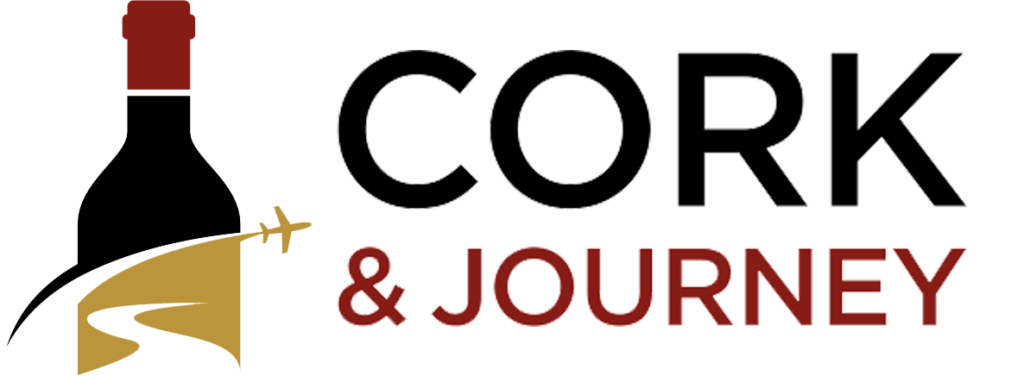BEST WINE CLASSES FOR INDUSTRY PROFESSIONALS
Court of Master Sommeliers (CMS)
What is it & who is it for?
The Court of Master Sommeliers is an international organization designed for food and beverage industry professionals and covers Tasting, Theory, and Service in the areas of wine, spirits, and beer.
Obtaining Master Sommelier status is the highest level of achievement a wine professional can obtain. To date, there are only 273 Master Sommeliers in the world, 168 of which reside in the US. The traditional professional track for a Master Sommelier used to be limited to overseeing Beverage Programs for fine-dining restaurant groups or luxury hotels. But, as the wine industry continues to expand, so too does the way Master Sommeliers use their diplomas.
The San Francisco Giants recently hired Master Sommelier Evan Goldstein to reimagine the wine program for the franchise. In addition to creating a better guest experience, Goldstein will also help players build out their personal wine collections.
What do you learn?
The CMS has four levels of certification and accompanying “badges” that participants can achieve. Coursework is obtained through the following track:
- PART 1: Introductory Course – This two-day course covers an overview of the world’s most popular wine regions and grape varieties, an introduction to winemaking, food and wine pairing theory, and basic sake, beer, and spirits information. The exam for this introductory course is a multiple-choice exam.
- PART 2: Certified Sommelier – Only when the ‘Certified Sommelier’ badge is awarded is the recipient able to call themselves a sommelier. For that reason, this part of the course takes a deep dive into wine and spirits service and theory. Armed with this knowledge, somms can help guide guests through a wine menu and design one themselves for a restaurant.
- The exam includes a multiple-choice test, a short fill-in-the-blank portion, a blind tasting of two red and two white wines, and a service test.
- PART 3: Advanced Sommelier – The number of attendees in the CMS program really begins to whittle itself down in the Advanced Sommelier portion. Candidates study on average for one to two years in order to pass this three-day test.
- The exam tests proficiency across all styles of wine, regions, and prominent producers. To get a sense of the questions asked on the exam, take a look at these Advanced Sommelier study flashcards.
- The blind tasting portion consists of identifying six wines in 25 minutes and correctly stating the grape, region, and year of the wine. The service test is 45 minutes long.
- PART 4: Master Sommelier – The Master Sommelier test is an invite-only test for professionals who usually possess 10+ years of industry experience and who have passed the Advanced Sommelier exam.
- The exam includes a sitting before a panel and providing oral answers to practical and theoretical wine questions, a service portion, and a blind tasting. Only 8% of candidates pass the Master Sommelier exam.
WSET (Wine Spirit & Education Trust)
What is it & who is it for?
The Wine Spirit & Education Trust (WSET) is one of the largest wine and spirit education programs in the world. WSET prepares professionals for jobs across the wine economy, including wine marketers, sales representatives, distributors, hospitality consultants, and more.
While WSET certifications are primarily for professionals, they are also a great (and accessible) place for wine enthusiasts to beef up their wine knowledge. Unlike the CMS program, casual wine lovers are welcome to sign up for classes and learn about wine without pursuing a certificate.
What do you learn?
There are four levels of WSET certifications.
- Level 1 Award – A very basic introduction to the world of wine. Students learn about the most popular grape varieties and wine regions, storing, serving, and decanting wine, and food pairing basics.
- A multiple-choice test must be passed to achieve a WSET Level 1 award. Students do not need to take Level 1 in order to proceed to Level 2.
- Level 2 Award – Hones in on how to taste wine and how to describe what you’re tasting. In Level 2 coursework, students begin to learn grape growing methods, wine styles, different winemaking methods, and more advanced food pairing.
- A multiple-choice assessment test must be passed for the WSET Level 2 award.
- Level 3 Award – A more rigorous examination of the nuances involved in winemaking, fermentation styles, and bottling decisions. Additional factors like vineyard location and growing conditions are also discussed. The second half of the Level 3 Award expands on developing your palate and understanding and evaluating wine quality.
- In addition to a multiple-choice exam, students must successfully complete a blind tasting.
- Level 4 Diploma – Considered the “expert-level” of the WSET program. The WSET diploma expands into the business portion of the wine world and examines factors like price determination, how to market wine, and wine law. Students also learn about factors that influence grape yields and the anatomy of a vine and fruit and must complete an independent research assignment.
CSW (Certified Specialist of Wine)
What is it & who is it for?
The Certified Specialist of Wine program was designed for wine professionals (or aspiring wine professionals) who hold educational positions within the wine industry. This includes importers, distributors, retailers, writers, educators, and consultants.
Unlike the CMS, which is a heavily serviced-based certificate, in addition to a knowledge-based one, the CSW is a purely theoretical exam. There is no blind-tasting component.
Passing the CSW exam is just the first part of the Society of Wine Educators program, which is the umbrella organization for CSW. Once a student passes the CSW, they have the option to continue their education with the Certified Wine Educator (CWE) course.
What do you learn?
According to the CSW website, students learn and are tested on “Physiology of Taste, Wine Composition & Chemistry; Faults; Viticulture & Enology; Labels, Laws & Wine Regions; The U.S. Wine Industry; Wine’s Contribution to Health; Wine Etiquette & Service; Food & Wine Pairing.”
Sample questions might include questions about how excessive foliage affects the vine, specific sugar and alcohol levels of a variety, and major geographical features of a wine region.
The level of knowledge needed to pass the CSW exam is on par with the WSET Level 3 or the CMS ‘Certified Sommelier badge.
BEST WINE CLASSES FOR WINE ENTHUSIASTS
Online wine classes are a great way for wine lovers who want to take their knowledge to the next level. These classes can be taken individually or with a group of friends who want to collectively learn more about wine.
- Wine Folly – Wine Folly’s wine classes are for wine lovers who are new to the wine community and seasoned wine connoisseurs who want to expand their palates. This course essentially takes Wine Folly’s robust online content library and turns it into an easy-to-follow course.
- Masterclass – James Suckling’s Masterclass is an 11-part class that covers everything from learning how to taste, discerning aromas and flavors, the effects of location, and some fun producer stories. This class is great for someone just getting into wine.
- San Francisco Wine School – The San Francisco Wine School began offering online classes for wine enthusiasts during the pandemic and never looked back. Classes like: Intro to the World of Wines, Intro to California Wines, and Intro to Spanish Wines are a great starting point, while their in-depth workshops like Pinot Noirs of the World, Wines of Northern France, and Cool Climate Wines of the World take a deep dive into region and climate specific styles.




